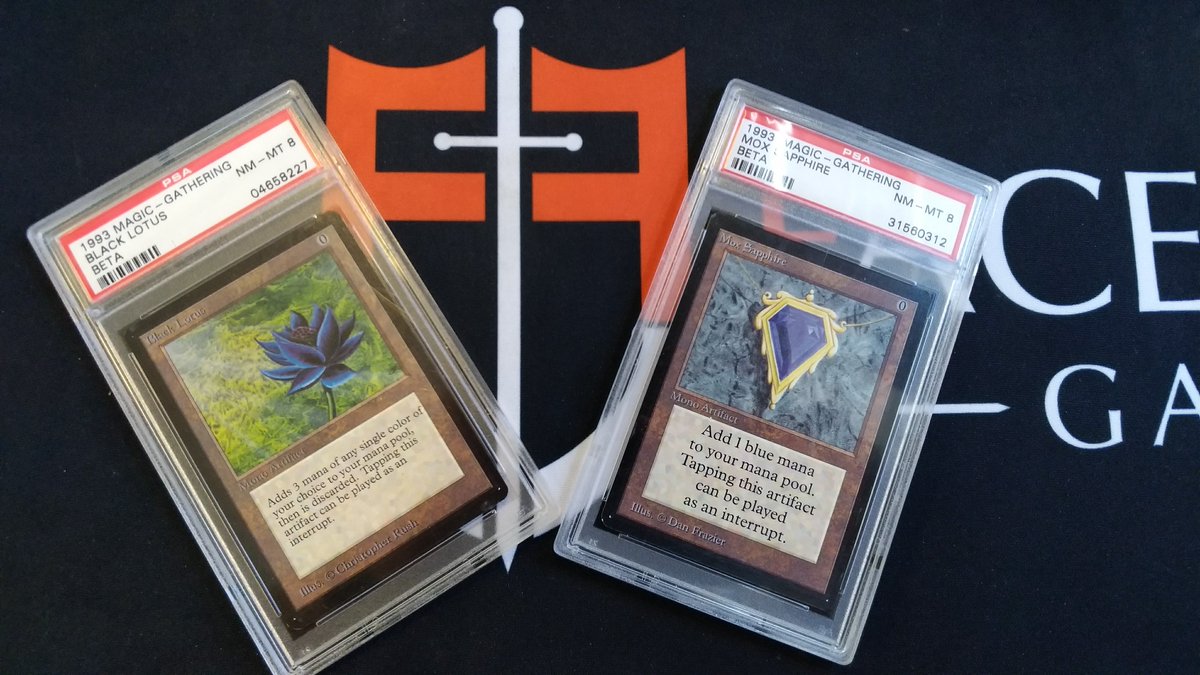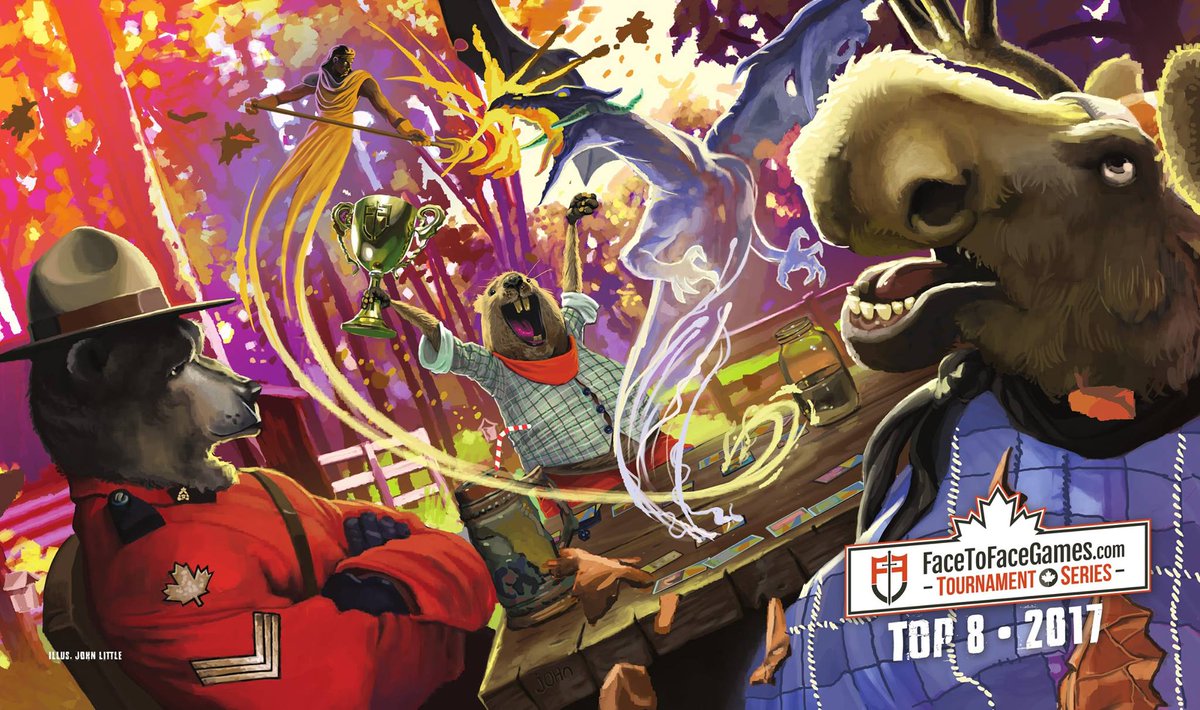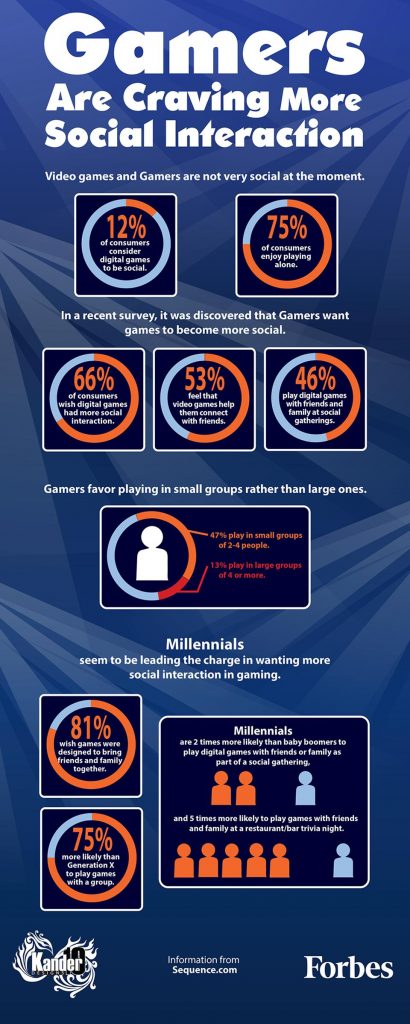

“By constructing an efficient data structure such as a quadtree for the parameterization, we can interactively visualize the 3D curves on the 3D face model corresponding to the 2D feature curves in parameter space. Our multiscale face models are fully corresponded in a common parameter space, where the artist can interactively define semantic correspondences across faces and scales,” say the authors.įigures 2 through 7 below show the results of approximation to the 1st face model at different levels.Īrtists use a multiscale face model setup that provides more flexibility for fine tuning by using the scalar maps. “We present a novel shape blending scheme to synthesize a new face model using weighted blending of spatial details from various face models. Their method requires vertex-wise correspondence across each face and its blendshapes,” they added.


Other researchers “utilized shape blending as an alternative tool for synthesizing a new face model from existing faces. They segment meaningful face regions (such as the eyes, nose, and mouth) from different faces and spatially assemble them into a new face. Shape blending is an especially simple, but powerful, approach that is prevalent in facial animation for generating arbitrary expressions,” say the authors. “A method that leverages existing face models can save much effort. Using this system, animation artists can take the features of a human face and apply them to a monster or animal.Ī big part of the challenge is grabbing certain features from the human face and transporting them to the animated character’s face.
#MAKE A FACE GAMES FULL#
We present a system that elegantly addresses this need,” write Seung-Hyun Yoon, John Lewis, and Taehyun Rhee, authors of “Blending Face Details: Synthesizing a Face Using Multiscale Face Models,” (login required for full text) which appears in the November/December 2017 issue of IEEE Computer Graphics and Applications. Thus, there is need for a facial design method that is simultaneously simple, understandable, and powerful for artists. For example, many characters in animated movies and games are imaginary, so they cannot be scanned. “In entertainment applications such as movies and games, human face models often must be created by artists rather than using an automated method. Now, recent advances in animation greatly reduce the time involved in creating characters. In the past, the job of rendering realistic animated faces was painstaking at best. Play the original mystery face guessing game and have hours of guessing fun! Eliminate the wrong faces to guess who’s on your opponent’s card! Suitable for 2 players.It’s often uncanny how monsters, aliens, and animals in films and video games have strikingly human facial features and expressions. Hasbro has a focus on important environmental issues like shrinking their carbon footprint, using fewer materials in our packaging, and reducing waste. Hasbro’s product safety measures have been widely recognized within the industry and beyond as best practice. Their innovative approach to product design and brand creation begins and ends with safety. They embrace the responsibilities and opportunities that come with entertaining millions of children and families and employing thousands of people. Hasbro’s deep commitment to corporate social responsibility reflects a desire to play a part in building a safe and sustainable world for future generations. As a world-class, branded play company Hasbro’s primary purpose is simple: to bring play to life for children and families around the world through their beloved brands. The recommended age for this game is 5 years and older. Guess Who is suitable for children from the age of 3 years. Guess Who encourages children to eliminate the wrong faces to guess who is on your opponent’s card.

Play the original mystery face guessing game and have hours of guessing fun.


 0 kommentar(er)
0 kommentar(er)
